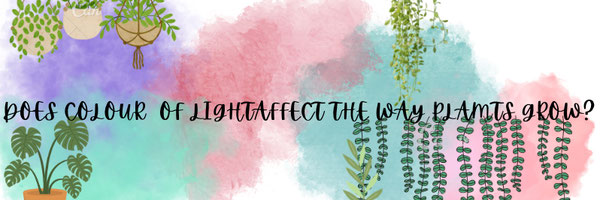What colour of light effect the way plant grow?
Grade 7
Presentation
No video provided
Hypothesis
The four different colors I will be using are red, green, blue, and violet. My hypothesis is that purple light will be the best light source to grow plants. This is because that violet has a higher light frequency than the other colours. Plants will need more and brighter light to grow since the original light source will (the sun) will not be there. Violet light's wave lengths are between 380 to 450. This helps it be more effective for plants and help them grow faster.
Research
photosynthesis:
what is photosynthesis?:
Photosynthesis is where plants take sunlight , carbon dioxide, and water to make oxygen in the form of sugar.
what is chlorophyll?
chlorphyll is a pigment found in plants that make it look gree. This chemical is importan to plants because it helps the plant make its own food in the process of photosynthesis.
How does the color of light affect the way plant
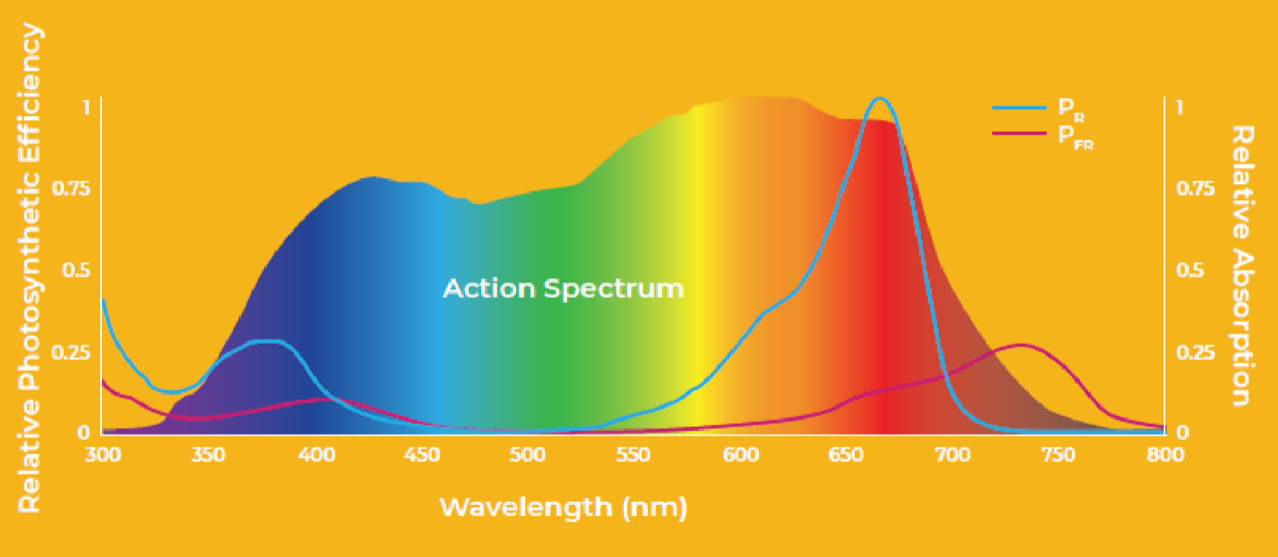 Each color has a wave light
Each color has a wave light
What is the wavelength of a color?
A color's wavelength determines what color our eyes see. When light passes the prism, it bends which causes wavelengths. This makes the colors we know. When white hits an object, the object then absorbs or reflects a certain amount of wavelengths which makes the color you see.
These wavelengths determine how much energy it gives. The shorter the wavelength, the more energy it will give. The longer the wavelength, the less energy it will give.
things to consider:
how strong light is.
How the light spreads
Red light
wavelength- 620-750 nanometers
red light having the largest wavelength has the least brightest light source. Chlorophyll absorbed red light more than any other light which helps it grow (start growing) faster. Research shows that red light goes through plants tissues better than any other color of light. (execpt sunlight). When red light interacts with phytochrome (which is blue- green pigment found in plants where it helps it regulate in different growing stages), it helps plants grow more leaves and stems.
green light
wavelenth:495-570 nanometers
Since plants absorb red and blue light better, green lights absorption is limited. Green light reflects on plants. Green light can increase extension growth. Green light penitrates deeper into plants leaving plants leaves to be more healthy than red and blue lights. It penetrates more in the lower leaves to, increasing plant growth.
blue light
wavelength;450-495 nanometers
Blue light is similar like red light. It increases photosynthesis and boosts growth of plants. According to research, blue light increases the strength in roots of plats letting them stand strong. Although there leafs and stems turn out to be shorter. It is also absorbed by plants like red light.
violet light
wavelength- 350-420 nanometers
Violet light is a mix of red and blue light. Which seems to be the best light for plants. This is because it increases chlorophyll (like tree light) and strengthens the roots of the plants (like blue light). Violet light helps plant grow better because it has red and blue light in it to.
Other than chlorophyll, it increases
Why not just use regular light?
The reason regular light (such as white or yellow light) is not good for plants growth. White light and yellow light may be a good option but it doesn’t provide the energy a plant needs to grow in its best form. Plants need more specific lockouts of light in order to grow properly. While it 99might be less expensive, white lights may not be efficient for all types of plants. White light can also cause more heat than needed. Colored light will lead towards a good and healthy plant.
Kelvin light:
Red light has a lower kelvin range (below 4000k)
This is great for plant growth because it increases flowering and blooming.
The cooler light kelvin range is above 4000k
Red light: 2000-4000k
Green light: 4800k
Violet light: 7500-8000k
Blue light: 4600-6500k or higher
The higher the kelvin, the cooler the color will appear (leaning closer to blue): this increases growth in stems and leaves
The lower the color, the warmer the color (leaning closer to red):
Enhance the development in stems and leaves.
Cost Wise:
I prefer to use led lights that stretch across areas. They might be more expensive than regular light bulbs, but they last longer .
Light bulbs also keep light coming down (where the light normally should shine)
Leds on the other hand will keep light spread across the room.
Regular leds cost around $15-20. LEDs are also good for the envoirment since they are reusable.
blue light comes to the cheapest as it's wavelength is lower. Violet being more expensive since it has the highest wavelength (more energy needed)
Variables
Independent variable- plant and light
Dependent variable- plant growth and height/ how healthy it turns out
Procedure
1. Plant all the plants in there different light source
2. Everyday water the plants at 7 pm (5ml of water)
3. Measure the height of the plant to see growth
4. Note down how the plant is doing
5. If the light runs out of battery, charge the light and replace it.
Observations
Jan 14:
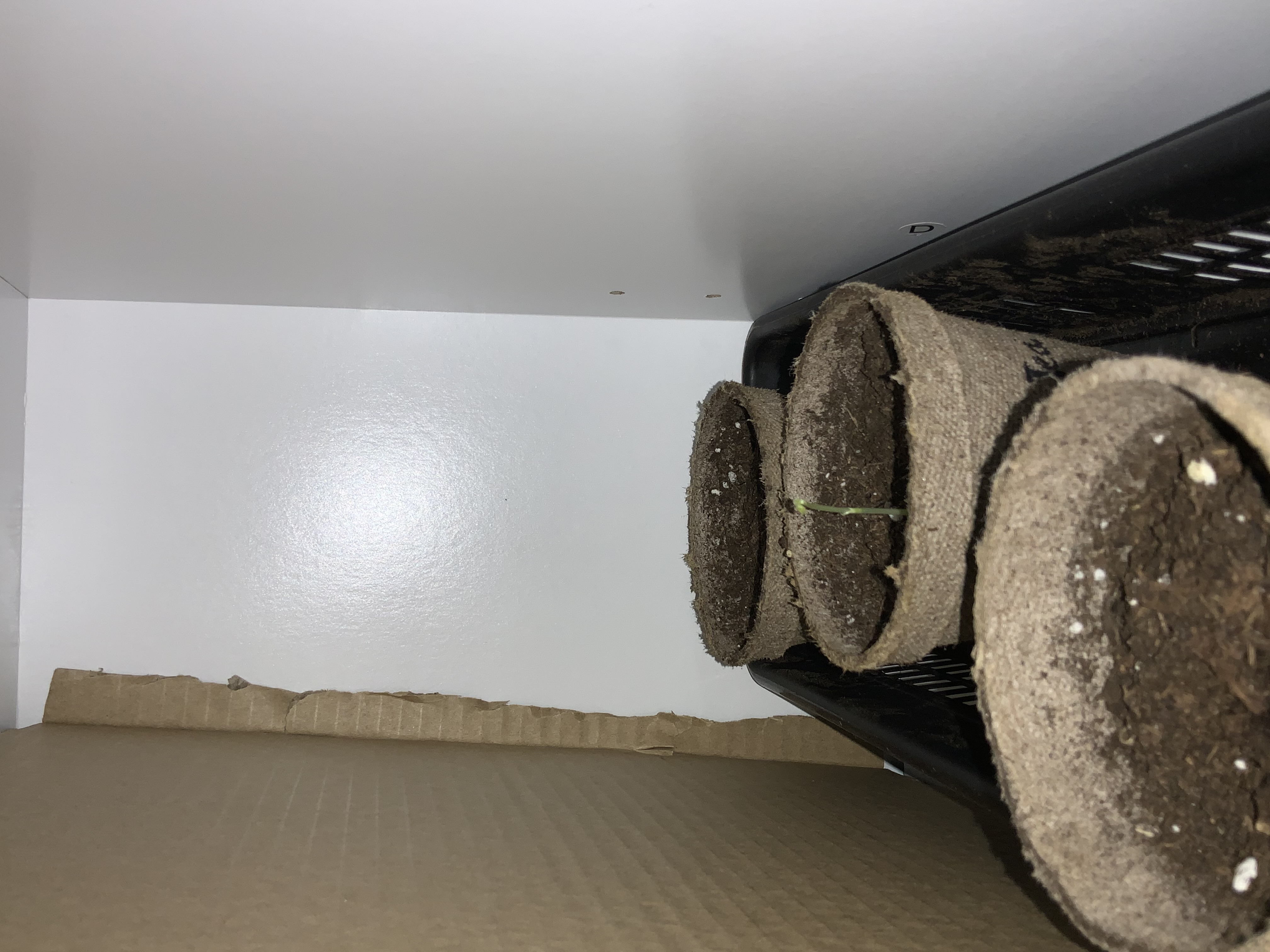
First sprout for color red sweet tea: 4.5 cm
Jan 23
Red light sweet tea plant grew even taller: 6 cm
Jan 28
Over the week end more plants started to grow
Red sweet tea: 18cm
Red thunbergia: 4cm
Green sweet tea: 8 cm
Blue: thunbergia: 3 cm
Violet sweet tea: 3 cm
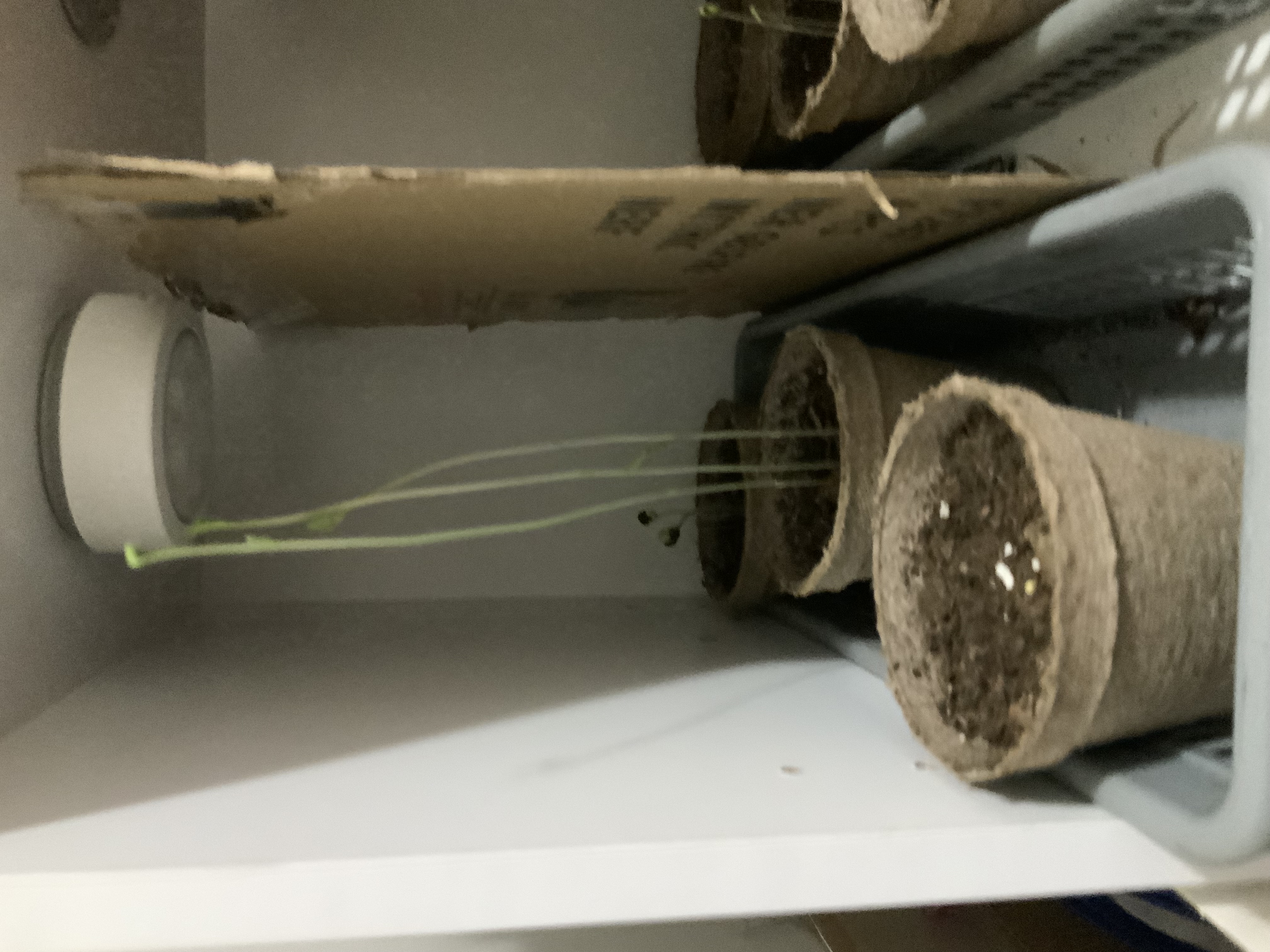
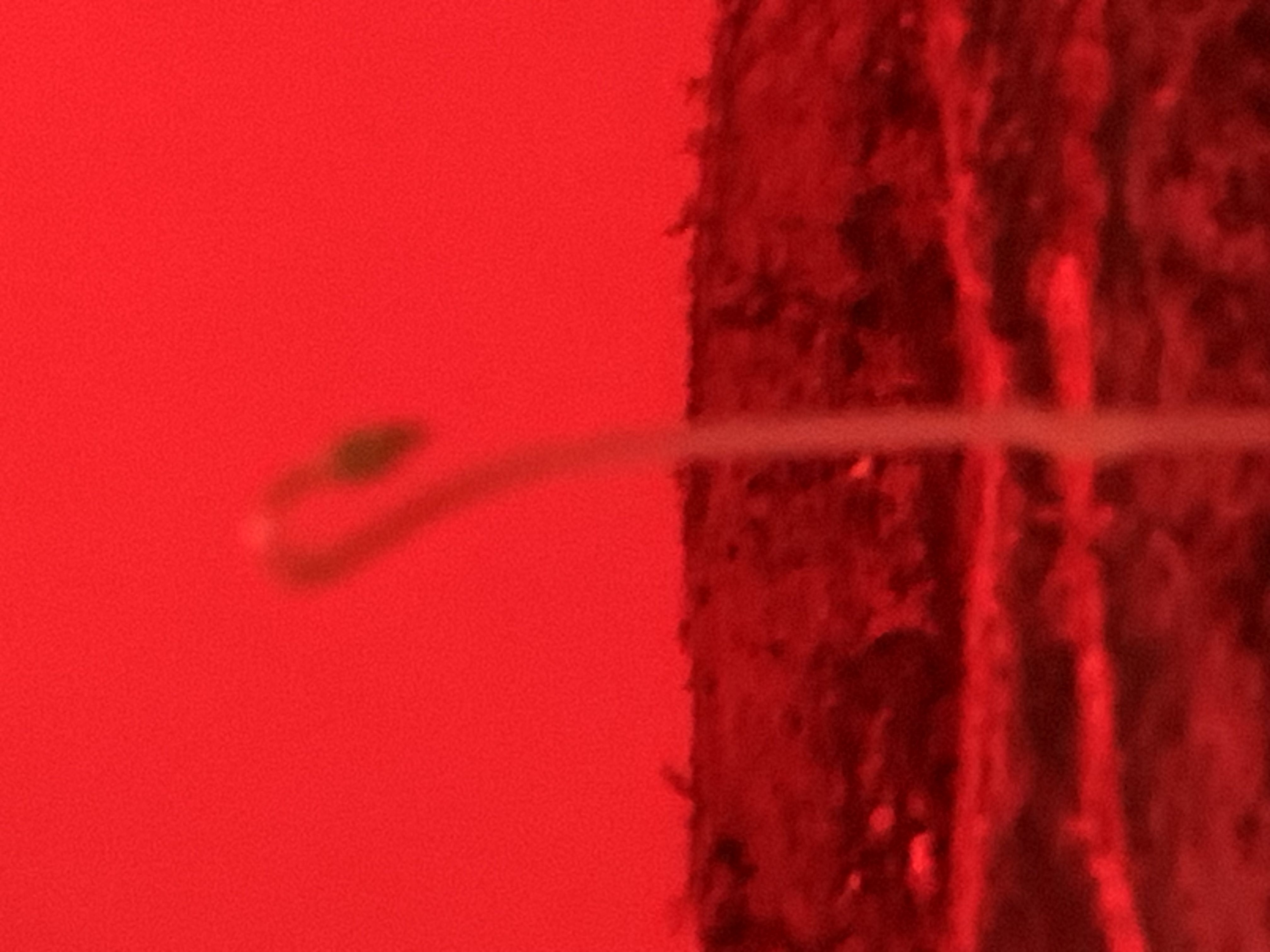
So far team red is getting a good head start.
feb 3-6
Jan 28
green light first sprout
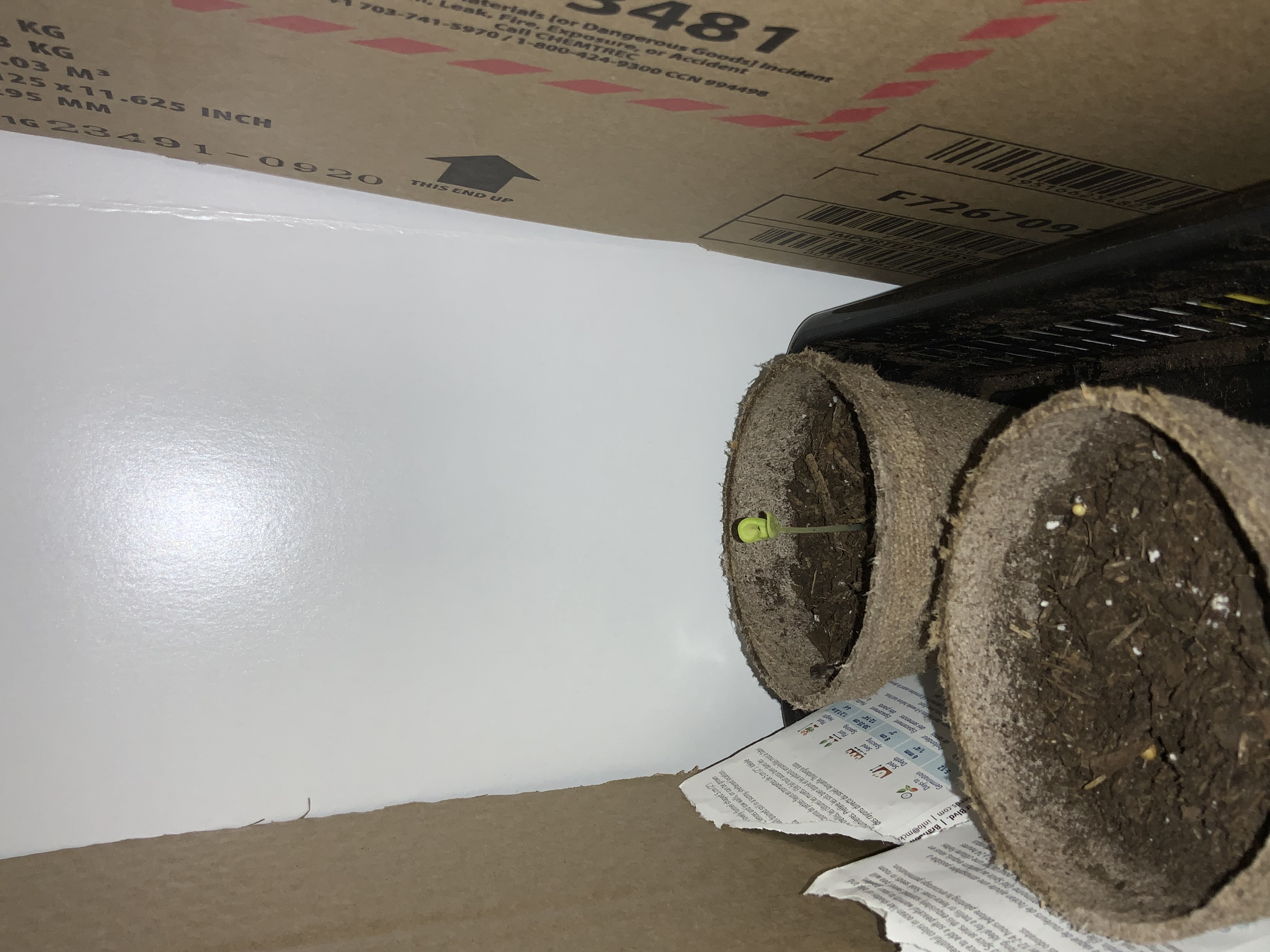
Over the week end more plants started to grow
Red sweet tea: 18cm
Red thunbergia: 4cm
Green sweet tea: 8 cm
Blue: thunbergia: 3 cm
Violet sweet tea: 3 cm
So far team red is getting a good head start.
Jan 28
Over the week end more plants started to grow
Red sweet tea: 18cm
Red thunbergia: 4cm
Green sweet tea: 8 cm
Blue: thunbergia: 3 cm
Violet sweet tea: 3 cm
So far team red is getting a good head start.
First week of Feb
23 cm sweat tea plant is starting to lean over.
'sweat tea blue is starting to grow: 4 cm
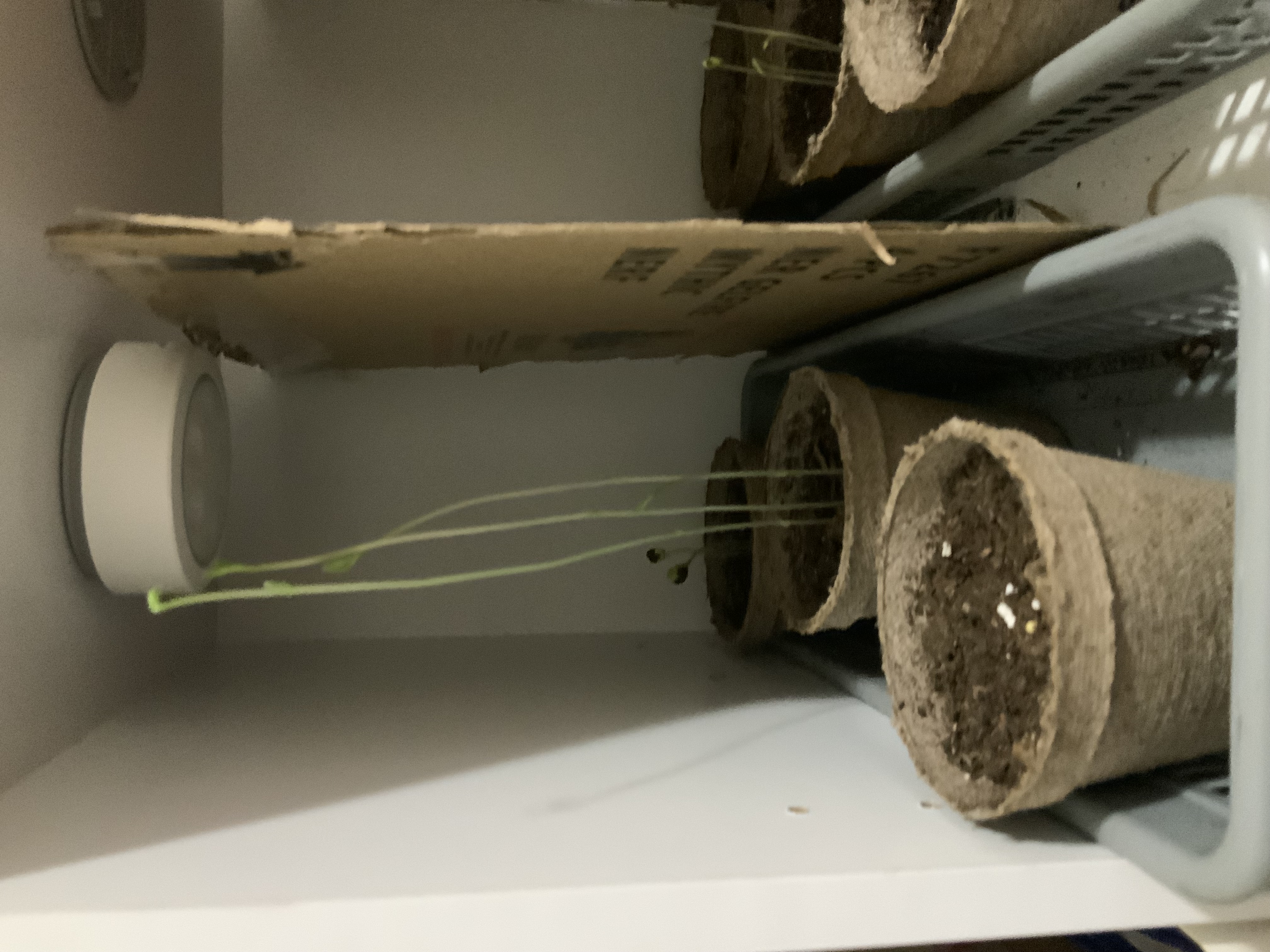
Red sweet tea: 25 cm
Red thunbergia: 13cm
Green sweet tea: 10cm
Blue: thunbergia: 7 cm
Violet sweet tea: 8cm
End of Feb:
all of the plants started growing expect for mint plants. I think there was a problem with the seeds.
Blue thunbergia plant died. This is beach blue light did not spread across the are
Month of march:
Red plants started to decrease in height
13 march;
gree plant (sweet tea) died
Purple lights thunbergia plant also died because it did not spread across the area. 
Analysis
My hypothesis:
The four different colors I will be using are red, green, blue, and violet. My hypothesis is that purple light will be the best light source to grow plants. This is because that violet has a higher light frequency than the other colours. Plants will need more and brighter light to grow since the original light source will (the sun) will not be there. Violet light's wave lengths are between 380 to 450. This helps it be more effective for plants and help them grow faster.
What really happened?:
My hypothesis was somewhat correct, but I think that red light worked better than the others growing more tall (a little to tall) and stayed strong until march end. This is because it helps a lot with photosynthesis (chlorophyll)
blue light also worked well but the light only went to the plant in the middle. Not helping the plants at the side.
blue plant stayed tall but is leaning over since it's to tall.
Conclusion
Through out this experiment, there are multiple different conclusions. If you want a tall plant, then I suggest using red light as it grows the best. It will stay healthy until the end, although my projects red light turned out to be weak at the end.
Green light will not turn out good for plants. At the start green light was good for plant growth but not at the end leaving the plants week and unhealthy. Green light reflects of of plants and -pants don't absorb it.
'blue light is also good for growing plants tall and strong. But unlike red light, it doesn't often spread through out the area.
Violet light is also good if you want your plants to be both long, strong and healthy. The problem with novelette light is that it also doesn't spread far across where you are growing your plants.
Application
What inspired me to this project?:
My mom started growing plants at the starting of summer at our house. At first things were goin well, until winter came. There was not enough sunlight for the plants to grow. My mom started growing the plants under yellow light but the plants started to fry up. This made me wonder why isn't the plant growing? I realized that the problem is the light. I wanted to help my mom grow her plants with the proper light color source ( during winter when there is no sunlight). This is what inspired me to do this experiment.
Sources Of Error
While working on this project I faced number of problems.
1. So far my biggest problem was changing batteries since I kept these lights of throughout the day and night. I switched to chargeable batteries. They may be more expensive but they are so much more efficient and last longer.So far my biggest problem was changing batteries since I kept these lights of throughout the day and night. I switched to chargeable batteries. They may be more expensive but they are so much more efficient and last longer.
2. Heat and watering plants on time. Sometimes, I would be outside changing the time I watered my plants. When it got to cold, we would turn on the heater and if it got to cold, we would turn on the cooler. This may have effected the results
3. Changeing lights. like problem 2, I would be outside or the lights would not be charged. Sometimes the plants went without lights for a day. This may have also have affected the results of the experiment.
problems to consider:
-light runs out of battery
Citations
by ciki, Posted, and Ciki. “Can White Led Lights Grow Plants.” Spider Farmer UK - Spider Farmer UK Official Website, 31 Aug. 2023, spiderfarmer.co.uk/2023/08/29/can-white-led-lights-grow-plants/.
“Discover How LED Lighting Color Spectrum Affects Plant Growth.” SpecGrade LED, 29 Apr. 2022, www.specgradeled.com/news/how-the-lighting-color-spectrum-affects-plant-growth/.
“Color Temperature (Kelvin): What Is It ?” Redgrasscreative, 28 Feb. 2023, www.redgrasscreative.com/lighting-color-temperature-kelvin/%0A.
Flexi Answers - Why Do Different Chemicals Emit Different Colors of Light? | CK-12 Foundation, www.ck12.org/flexi/physical-science/chemical-change/why-do-different-chemicals-emit-different-colors-of-light/. Accessed 13 Mar. 2025.
The Influence of Colors on Plants | Canna Canada, www.canna.ca/articles/influence-colors-plants. Accessed 12 Feb. 2025.
by ciki, Posted, and Ciki. “Can White Led Lights Grow Plants.” Spider Farmer UK - Spider Farmer UK Official Website, 31 Aug. 2023, spiderfarmer.co.uk/2023/08/29/can-white-led-lights-grow-plants/.
Acknowledgement
I would like to thank Mr. Thompson for suping and the amazing guidance he gave me throughout this experiment. I really appreciated the time he took for the meetings to talk about what's next. I would also like to thank my dad because he bought the lights for me just for this project. I would also like to thank my mom for inspiring me to do this experiment.

